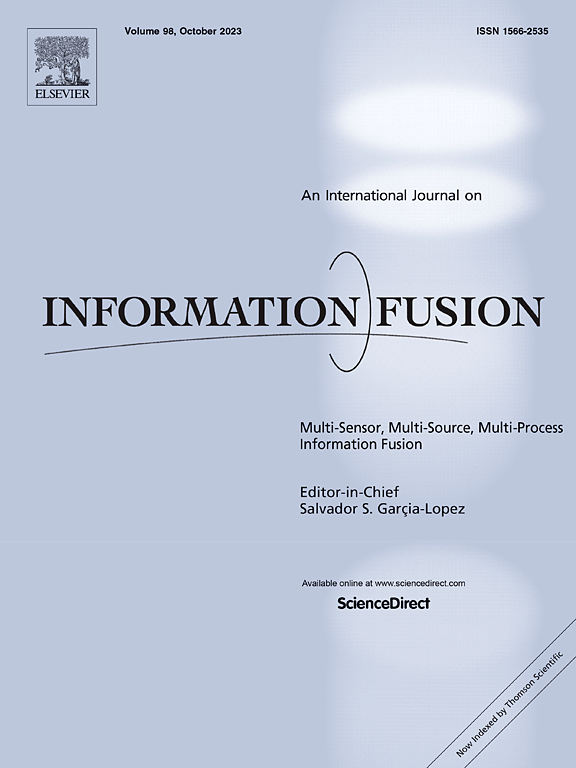RSRule: Relation-level semantic-driven rule learning for explainable extrapolation on temporal knowledge graphs
IF 15.5
1区 计算机科学
Q1 COMPUTER SCIENCE, ARTIFICIAL INTELLIGENCE
引用次数: 0
Abstract
Explainability is crucial and valuable for extrapolation reasoning on Temporal Knowledge Graphs (TKGs). By elucidating the reasoning process, we can understand and validate the extrapolation results well, ensuring their validity and reliability. Among various extrapolation methods, rule-based approaches have significant advantages for its explicit rules and explainable reasoning paths. However, current rule-based methods primarily rely on statistics in rule learning, with a heavy dependence on the quantity and quality of the data. In reality, TKGs often suffer from incompleteness and strong sparsity, which severely limits the performance of existing rule-based methods. To address these issues, we propose a novel relation-level semantic-driven rule-based (RSRule) method for explainable extrapolation reasoning, where the relation-level semantics are fused into our rule learning process. Specifically, we concentrate on diverse contextual positional patterns within TKGs and introduce an innovative heterogeneous relation graph to learn relation-level semantics, while employing a relative time encoding to capture the periodic and non-periodic aspects of temporal evolution. Our RSRule focuses on fusing semantic information into the rule learning process, enabling the calculation of rule scores that consider both statistical and semantic aspects. Extensive experiments demonstrate the promising capacity of our RSRule from five aspects, i.e., superiority, improvement, explainability, robustness and generalization.
RSRule:关系级语义驱动的规则学习,用于时间知识图的可解释外推
可解释性对于时间知识图(TKGs)的外推推理至关重要。通过阐明推理过程,我们可以很好地理解和验证外推结果,确保外推结果的有效性和可靠性。在各种外推方法中,基于规则的方法以其明确的规则和可解释的推理路径而具有显著的优势。然而,目前基于规则的方法在规则学习中主要依赖于统计数据,严重依赖于数据的数量和质量。在现实中,tkg通常存在不完备性和强稀疏性,这严重限制了现有基于规则的方法的性能。为了解决这些问题,我们提出了一种新的关系级语义驱动的基于规则的方法(RSRule),用于可解释的外推推理,其中关系级语义融合到我们的规则学习过程中。具体来说,我们专注于TKGs中不同的上下文位置模式,并引入了一个创新的异构关系图来学习关系级语义,同时采用相对时间编码来捕获时间演变的周期性和非周期性方面。我们的RSRule专注于将语义信息融合到规则学习过程中,从而能够计算同时考虑统计和语义方面的规则分数。大量的实验从优越性、改进性、可解释性、鲁棒性和泛化五个方面证明了我们的RSRule具有广阔的应用前景。
本文章由计算机程序翻译,如有差异,请以英文原文为准。
求助全文
约1分钟内获得全文
求助全文
来源期刊

Information Fusion
工程技术-计算机:理论方法
CiteScore
33.20
自引率
4.30%
发文量
161
审稿时长
7.9 months
期刊介绍:
Information Fusion serves as a central platform for showcasing advancements in multi-sensor, multi-source, multi-process information fusion, fostering collaboration among diverse disciplines driving its progress. It is the leading outlet for sharing research and development in this field, focusing on architectures, algorithms, and applications. Papers dealing with fundamental theoretical analyses as well as those demonstrating their application to real-world problems will be welcome.
 求助内容:
求助内容: 应助结果提醒方式:
应助结果提醒方式:


